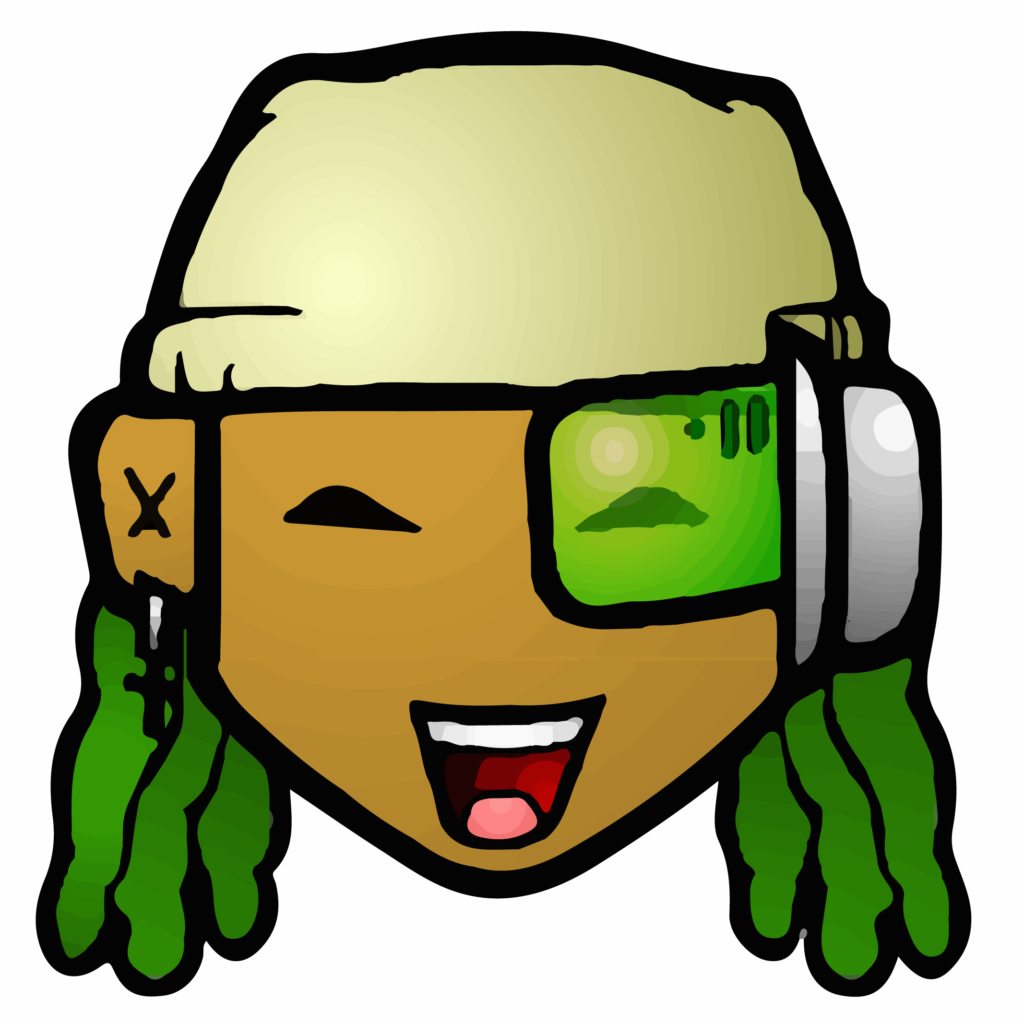Assistive Technologies in a Cyborg World
Published:
 This strain of research was anchored in ethnographic work in Sierra Leone, working with schools for the blind to understand how people with disabilities integrate technology into their everyday life. Mainstream devices such as cellphones were appropriated by people to address a variety of social access and physical accessibility problems. However, creative uses of technology in this context could have unintended consequences for the user, especially when tech use was perceived to give an unfair advantage to a person with a disability. Learn more »
This strain of research was anchored in ethnographic work in Sierra Leone, working with schools for the blind to understand how people with disabilities integrate technology into their everyday life. Mainstream devices such as cellphones were appropriated by people to address a variety of social access and physical accessibility problems. However, creative uses of technology in this context could have unintended consequences for the user, especially when tech use was perceived to give an unfair advantage to a person with a disability. Learn more »
See the presentation at ICTD 2015:
Branching from ethnographic findings…
This short paper discusses the use of cyborg theory to study assistive technology (AT) use by people with visual impairment (VI) in development contexts. Priyank and I argue that the deep intimate interconnections that people form with their AT, while allowing them to become cyborgs, can also become the means by which they can be regulated and controlled.
This is a concern for ICTD research and practice, which strives to consider the instrumental outcomes of technology implementation as it is interwoven throughout people’s lives. Applying Lessig’s model of regulation to a cyborg body, we discuss the implications for protecting autonomy in AT use by people with visual impairment. Read More»

